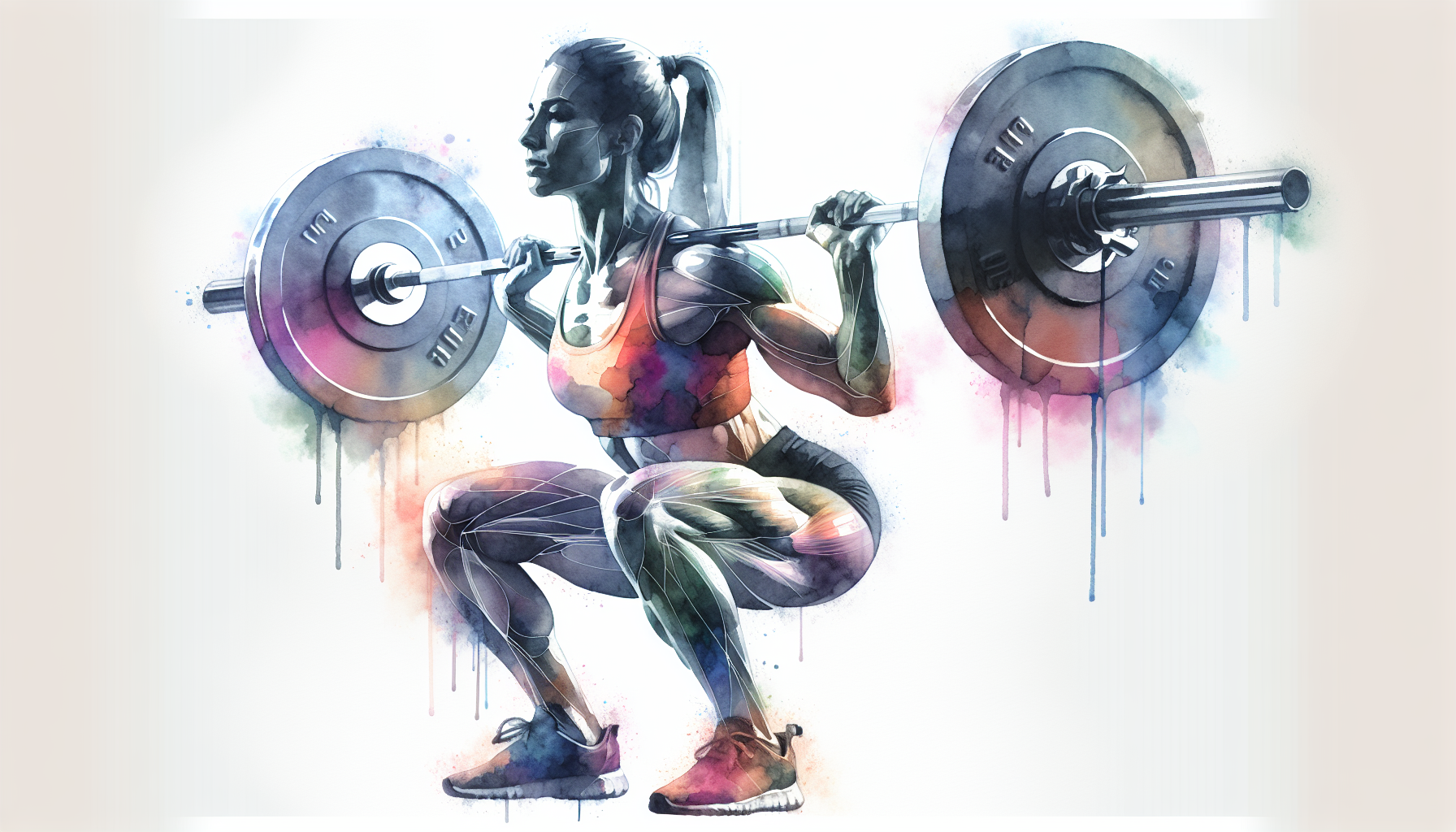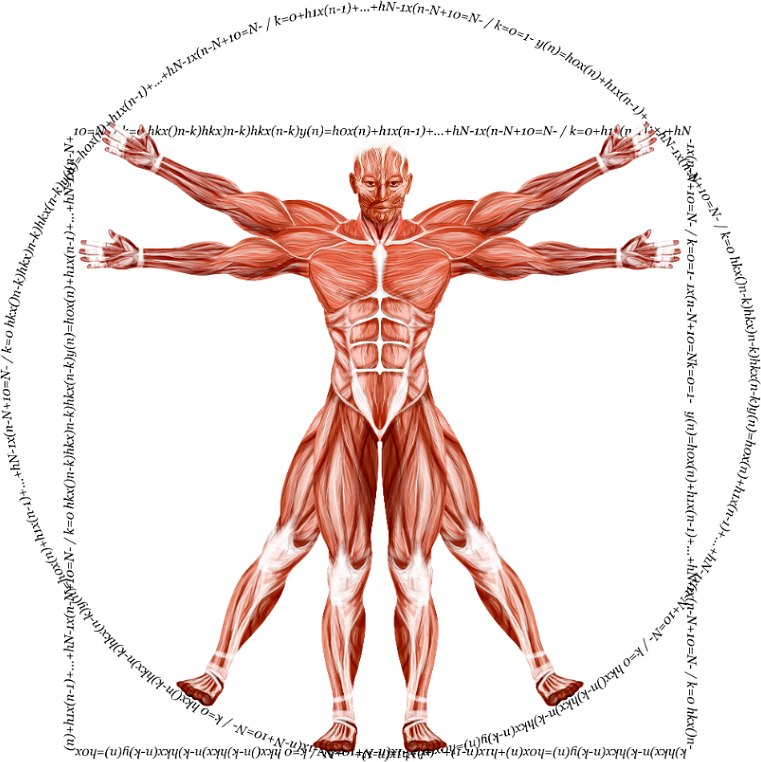Quad Hypertrophy: Best Exercises for Massive Legs
Unlock the secrets to quad hypertrophy with effective exercises and training techniques designed to boost your leg strength and athletic performance.

Key Takeaways
- Quad hypertrophy is the increase in size and strength of the quadriceps muscles, crucial for various physical activities.
- Achieving quad hypertrophy requires targeted resistance training that focuses on effectively activating the quadriceps muscles.
- Implementing progressive overload through weight and volume adjustments is essential for stimulating muscle growth.
- Adequate protein intake, hydration, and proper rest are vital for muscle repair and growth after intense workouts.
- Leg training plays a critical role in overall muscle growth and stimulates the release of anabolic hormones necessary for building muscle.
- Key exercises for maximizing quad hypertrophy include squats, lunges, leg presses, and Bulgarian split squats.
- Incorporating plyometric movements can enhance quad hypertrophy by targeting fast-twitch muscle fibers vital for muscle growth.
Quad hypertrophy refers to the increase in size and strength of the quadriceps muscles, which are located at the front of the thigh.
These muscles play a crucial role in various movements, including walking, running, jumping, and squatting.
The quadriceps consist of four distinct muscles: the rectus femoris, vastus lateralis, vastus medialis, and vastus intermedius. Each of these muscles is integral to knee extension and stabilization of the knee joint, making them essential for athletic performance and daily activities.
Understanding the anatomy and function of these muscles is vital for anyone looking to enhance their leg training regimen.
To achieve quad hypertrophy, one must engage in resistance training that includes a variety of modalities, especially those that specifically target these muscles.
This involves not only lifting weights but also focusing on the mechanics of each exercise to ensure that the quads are being effectively activated.
Progressive overload is a key principle in hypertrophy training; it involves not only gradually increasing the weight or resistance used in exercises over time but also incorporating variations in volume and technique to stimulate muscle growth.
Additionally, understanding the role of nutrition and recovery in muscle development is essential.
Adequate protein intake, hydration, and rest are critical components that support muscle repair and growth following intense workouts.
In this article, we will explore effective exercises, training techniques, and best practices for maximizing quad hypertrophy to support both athletic performance and overall leg strength.
Importance of Leg Training for Overall Muscle Growth
Leg training is often overlooked in favor of upper body workouts, but it plays a pivotal role in overall muscle growth and development. The legs comprise some of the largest muscle groups in the body, including the quadriceps, hamstrings, glutes, and calves. Engaging these large muscle groups not only promotes hypertrophy in the legs but also stimulates the release of anabolic hormones such as testosterone and growth hormone, which are essential for muscle growth throughout the body. Moreover, strong legs contribute to improved athletic performance and functional strength. Whether one is an athlete looking to enhance their performance in sports or an individual seeking to improve their daily activities, leg strength is crucial.
Strong quadriceps support movements like sprinting, jumping, and even climbing stairs. Additionally, well-developed legs can help prevent injuries by providing better stability and support for the knees and hips. Therefore, incorporating leg training into a workout routine is about more than aesthetics; it builds a solid foundation for overall physical health and performance.
Best Quad Exercises for Hypertrophy
When it comes to targeting the quadriceps for hypertrophy, several exercises stand out due to their effectiveness in stimulating muscle growth. Among these exercises are squats, lunges, leg presses, and Bulgarian split squats. Each of these movements engages the quads differently while also incorporating other muscle groups, which can lead to balanced development and increased strength. It is essential to include a variety of these exercises in a training program to ensure comprehensive quad development.
In addition to traditional strength training exercises, incorporating plyometric movements can also be beneficial for quad hypertrophy. Plyometrics involve explosive movements that can enhance power and strength while promoting muscle growth. Exercises such as jump squats or box jumps target the quads and engage fast-twitch muscle fibers, which are crucial for building muscle mass. By combining traditional resistance training with plyometric exercises, individuals can create a well-rounded program that maximizes quad hypertrophy.
Squats: The King of Quad Exercises
Squats are often referred to as the king of leg exercises for good reason. They are a compound movement that engages multiple muscle groups, with a significant emphasis on the quadriceps. When performed correctly, squats activate the quads through knee extension while also engaging the glutes and hamstrings for stability and support. This multi-muscle engagement not only promotes hypertrophy in the quads but also contributes to overall leg strength.
There are various squat variations that can be utilized to target the quads more effectively. For instance, front squats place greater emphasis on the quadriceps compared to back squats due to the more upright torso position required during the movement. This position shifts the center of gravity forward, forcing the quads to work harder to complete the lift. Additionally, incorporating pause squats—where one pauses at the bottom of the squat before rising—can increase time under tension for the quads, further promoting hypertrophy.
Lunges: A Versatile Exercise for Quad Development
Lunges are another highly effective exercise for developing quad hypertrophy. They can be performed in various ways—forward lunges, reverse lunges, walking lunges, and lateral lunges—each targeting the quads from different angles and providing unique benefits. The unilateral nature of lunges helps address muscle imbalances between legs while also enhancing core stability and balance. One of the key advantages of lunges is their versatility; they can be performed with body weight or added resistance through dumbbells or barbells. This adaptability allows individuals to progressively overload their muscles as they become stronger. Furthermore, lunges engage not only the quadriceps but also other lower body muscles such as the glutes and hamstrings, making them an excellent addition to any leg training routine focused on hypertrophy.
Leg Press: A Great Alternative to Squats
The leg press machine is a popular alternative to squats for those looking to isolate their quadriceps while minimizing stress on the lower back. This machine allows users to push weight away from their body while seated at an angle, which can be particularly beneficial for individuals who may have mobility issues or discomfort with traditional squatting movements. The leg press effectively targets the quads while also engaging the glutes and hamstrings. One of the advantages of using the leg press for quad hypertrophy is that it allows for controlled movement patterns and precise targeting of the quadriceps. By adjusting foot placement on the platform—placing feet higher or lower—individuals can shift emphasis between different parts of the quadriceps. For example, a lower foot placement tends to engage more of the vastus medialis, while a higher placement may target more of the vastus lateralis. This ability to manipulate foot positioning makes the leg press a valuable tool for those seeking balanced quad development.
Bulgarian Split Squats: Targeting Each Leg Individually
Bulgarian split squats are an excellent exercise for isolating each leg individually while providing significant stimulus to the quadriceps. This unilateral movement requires one leg to be elevated behind the body while performing a squat with the front leg, which places considerable emphasis on the quads of the working leg. The instability created by this position also engages core muscles for balance and stability. Incorporating Bulgarian split squats into a training regimen can lead to improved muscular symmetry and strength between legs. This exercise not only targets the quadriceps but also engages other lower body muscles such as the glutes and hamstrings, making it a comprehensive lower body movement. Additionally, Bulgarian split squats can be performed with body weight or added resistance through dumbbells or kettlebells, allowing for progressive overload as strength increases.
Incorporating Plyometric Exercises for Quad Hypertrophy
Plyometric exercises are dynamic movements that involve explosive actions designed to increase power and strength while promoting muscle hypertrophy. Incorporating plyometrics into a training program focused on quad hypertrophy can yield significant benefits by engaging fast-twitch muscle fibers that are crucial for muscle growth. Exercises such as jump squats, box jumps, and depth jumps effectively target the quadriceps while also enhancing overall athletic performance. Jump squats are particularly effective for quad development as they combine resistance training with explosive movement patterns. By performing a squat followed by an explosive jump, individuals can engage their quads through both eccentric (lowering) and concentric (jumping) phases of movement. This dual engagement not only promotes hypertrophy but also improves power output and athleticism. Similarly, box jumps require rapid extension of the knees and hips, further emphasizing quad activation during explosive movements.
Cultivating a Stronger Foundation: The Essential Role of Quad Hypertrophy in Fitness
In summary, quad hypertrophy is essential for enhancing strength and size in the quadriceps muscles, which play a vital role in various physical activities.
By embracing a comprehensive training approach that includes a variety of effective exercises—such as squats, lunges, and plyometrics—you can maximize muscle growth while boosting overall athletic performance.
However, many individuals struggle with balancing their leg training within their fitness routines, often neglecting the importance of lower body strength.
This oversight can lead to imbalances and hinder progress toward fitness goals.
Think of your legs as the foundation of a house; without a solid base, the structure risks collapsing. Proper leg training not only supports explosive movements but also fortifies overall body mechanics.
A common misconception is that training the legs is solely about aesthetics; in reality, it significantly contributes to functional strength, injury prevention, and hormonal regulation, vital for muscle growth across the body.
To streamline your journey toward achieving impressive quad hypertrophy, consider leveraging advanced solutions that can automate numerous aspects of your workout regimen.
Try it free with Dr. Muscle, an app designed to help optimize your fitness strategy by integrating everything discussed in this article and more.
FAQs
What is quad hypertrophy?
Quad hypertrophy refers to the increase in size and strength of the quadriceps muscles, which are located at the front of the thigh. This is often a goal for individuals looking to build massive legs and improve their overall lower body strength.
What are the best exercises for quad hypertrophy?
Some of the best exercises for quad hypertrophy include squats, lunges, leg presses, Bulgarian split squats, and variations like leg extensions. These exercises target the quadriceps muscles and can help promote muscle growth and strength in the legs.
How often should I train my quads for hypertrophy?
For optimal quad hypertrophy, it is recommended to train the quadriceps muscles 2-3 times per week. This allows for adequate rest and recovery between training sessions while still providing enough stimulus for muscle growth.
What are some tips for maximizing quad hypertrophy?
To maximize quad hypertrophy, it is important to focus on progressive overload, proper form, and adequate nutrition. This means gradually increasing the weight and/or volume of your workouts, performing exercises with proper technique, and consuming enough protein and calories to support muscle growth.
Are there any potential risks or injuries associated with quad hypertrophy training?
While quad hypertrophy training can be beneficial for building strength and muscle mass, it is important to be mindful of potential risks and injuries, such as knee strain or patellar tendonitis. It is essential to warm up properly, use proper form, and listen to your body to avoid overtraining or injury. If you have any pre-existing conditions or concerns, it is recommended to consult with a healthcare professional before starting a new exercise program.
